This one app has made my life easier and my wife happier

[ad_1]
Beyond the Alphabet
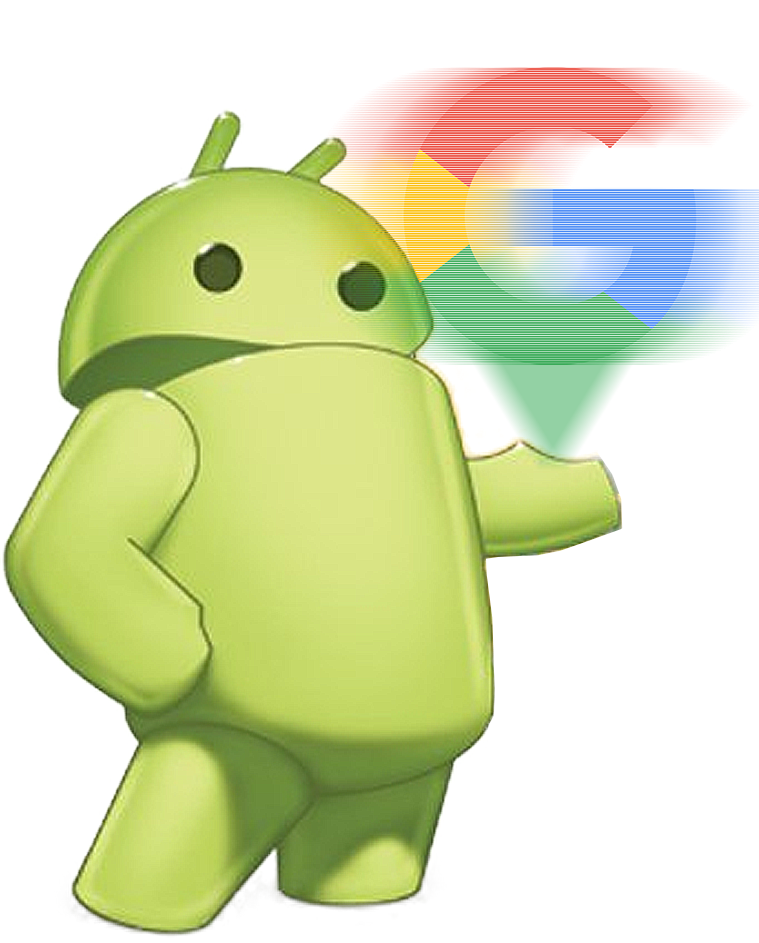
Beyond the Alphabet is a weekly column that focuses on the tech world both inside and out of the confines of Mountain View.
The last time I checked, there were at least 35 different smart home devices strewn around my house. Most of them are smart lights or streaming devices, but I also have a variety of smart speakers, displays, and other devices. Not to mention a few smart cameras that we use to keep an eye on the house and its surroundings if we’re gone for more than a few hours.
The problem is that everything that I’ve mentioned is controlled by a different app or service. I’ve tried my best to keep things as tidy as possible, such as relying on Philips Hue for smart light bulbs and a couple of Nest Cams to monitor the outside of my home.
However, while I’m okay with having a bunch of different apps installed on my phone, my wife isn’t. Every new platform means getting her set up and logged in, then keeping my fingers crossed that everything works the way it’s supposed to.
Recently, I finally said that enough was enough and decided that it was time to dive into Home Assistant. See, I’ve actually had a Home Assistant instance set up on an old Raspberry Pi 4 for some time, but I’ve just been too lazy busy to take the time and finish getting everything set up.
Nest, HomeKit, Alexa, Matter, and more
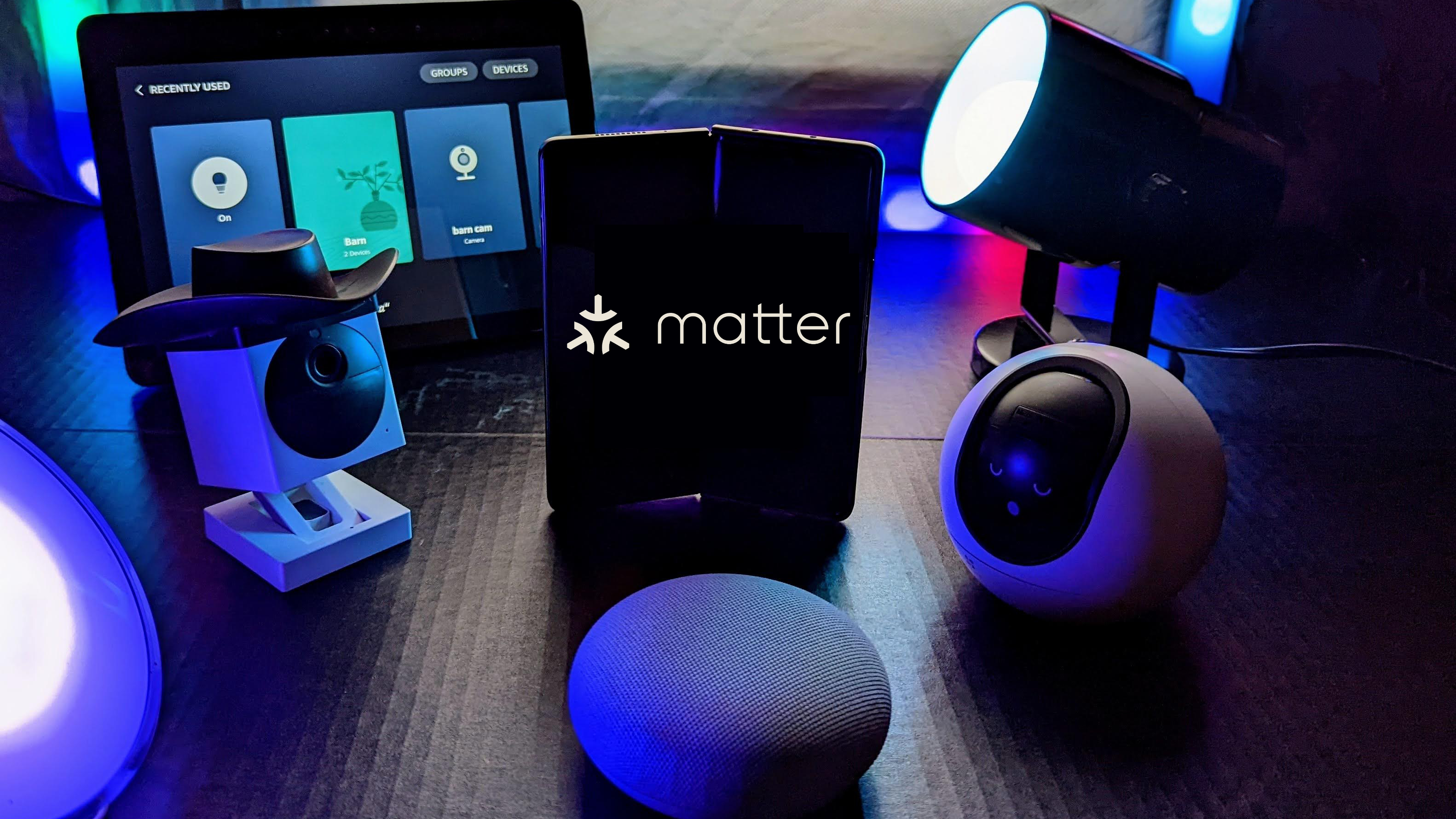
The promise of Home Assistant is that it can act as the central hub for practically any smart device in your abode. And when I say “smart device,” I mean almost anything that connects to the internet in some capacity. In addition to that, Home Assistant works with various “protocols” such as Matter, Thread, Zigbee, HomeKit, Nest, etc.
While improvements have been made to improve multi-protocol integration, none of them have managed to make good on the promise of a seamless smart home. Plus, the only company that seems to even care about releasing new products on a semi-regular cadence has been Amazon. Google’s too wrapped up with phasing out Assistant in favor of Gemini, while Apple is content with living inside the Vision Pro.
Installing Home Assistant is as easy
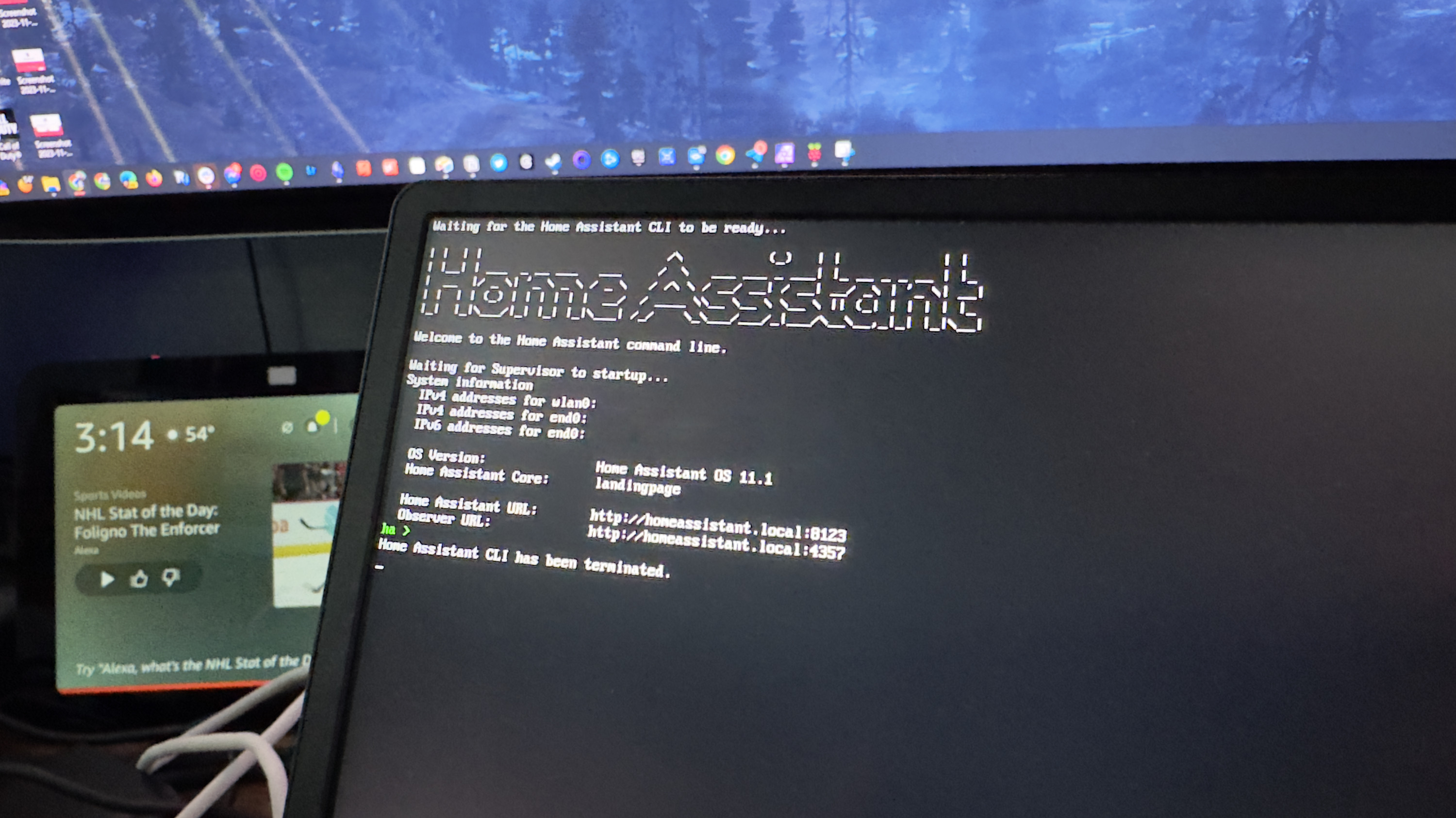
As for getting started, you have a few different options. The easiest of which is to just pick up the “Home Assistant Green,” offering a plug-and-play solution, as you just need to plug in the power and Ethernet to get started. However, if you’re willing to do a bit of tinkering, you can install Home Assistant yourself on a single-board computer (SBC), like the Raspberry Pi.
Or, you can spin up a Virtual Machine on your computer and install it that way. Seriously, there are even more methods, which go to show just how versatile this service really is. No matter what you install Home Assistant on, just make sure it has a constant network connection, otherwise, it’ll only work when your computer is turned on.
As I said before, I have Home Assistant running on a Raspberry Pi that is connected directly to my router. More specifically, I’m actually running the Home Assistant Operating System, as it gives me the flexibility to install and use more integrations than the standard installation would. However, if you’re just dipping your toes in the water, I’d recommend either HA Container or Core.
There’s so much that you can do
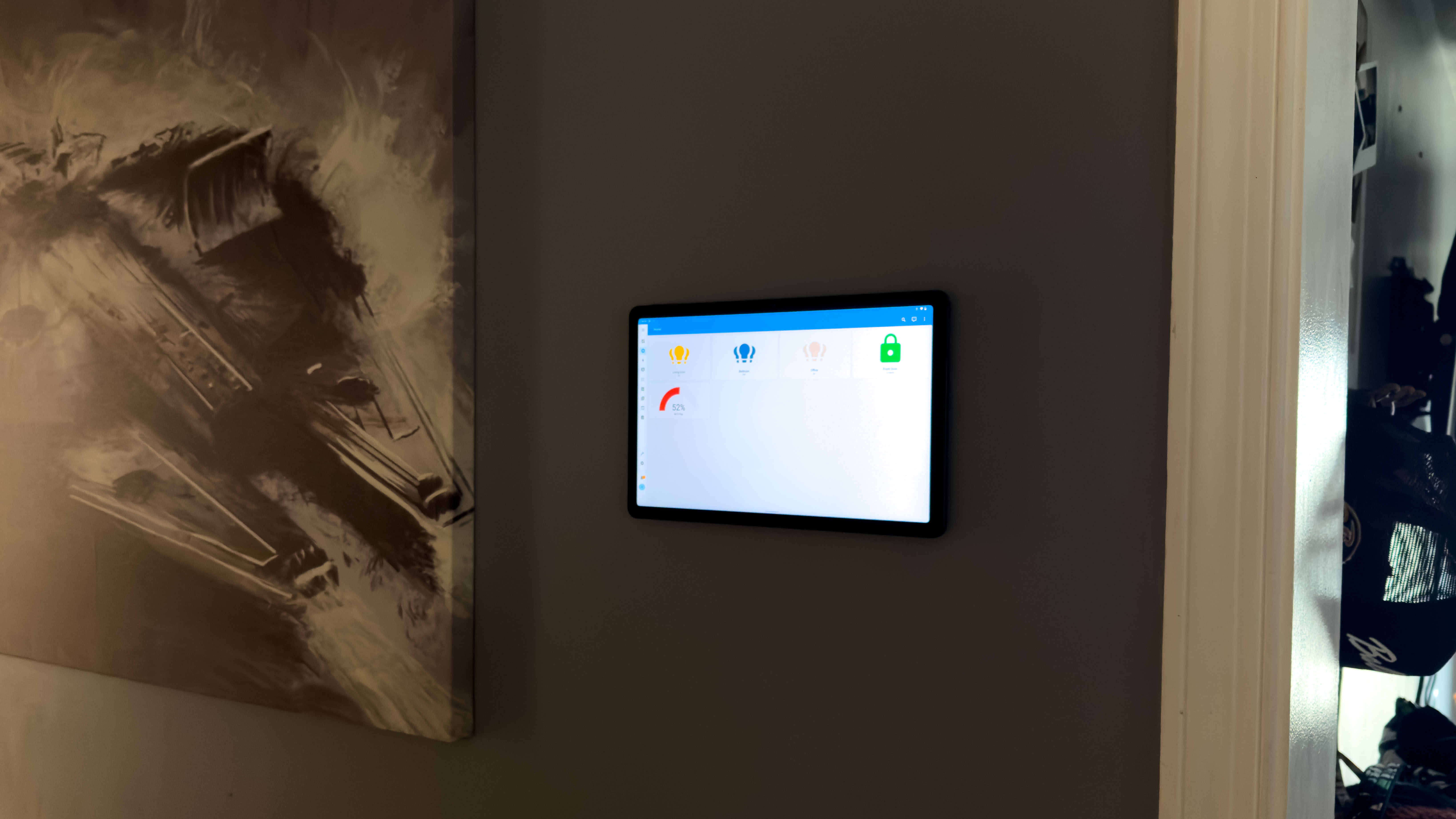
Once Home Assistant is running, you’re presented with a pretty basic-looking home page, but that’s kind of the point. It’s not just a way of tying all of your smart home devices together. But it can consolidate all of the switches, toggles, and controls into a single location, removing the headache of flipping through pages of apps.
But wait! There’s more!
Say you prefer the way that the Google Home app works, but obviously, you couldn’t integrate a certain platform. This can solve that problem too! With a bit of time and patience, Home Assistant Cloud and the built-in Voice Assistant feature allow you to “expose entities” so that those incompatible devices will now appear within the Home app. And after the add-on is set up, you’re able to control even Apple HomeKit devices using Assistant or Alexa.
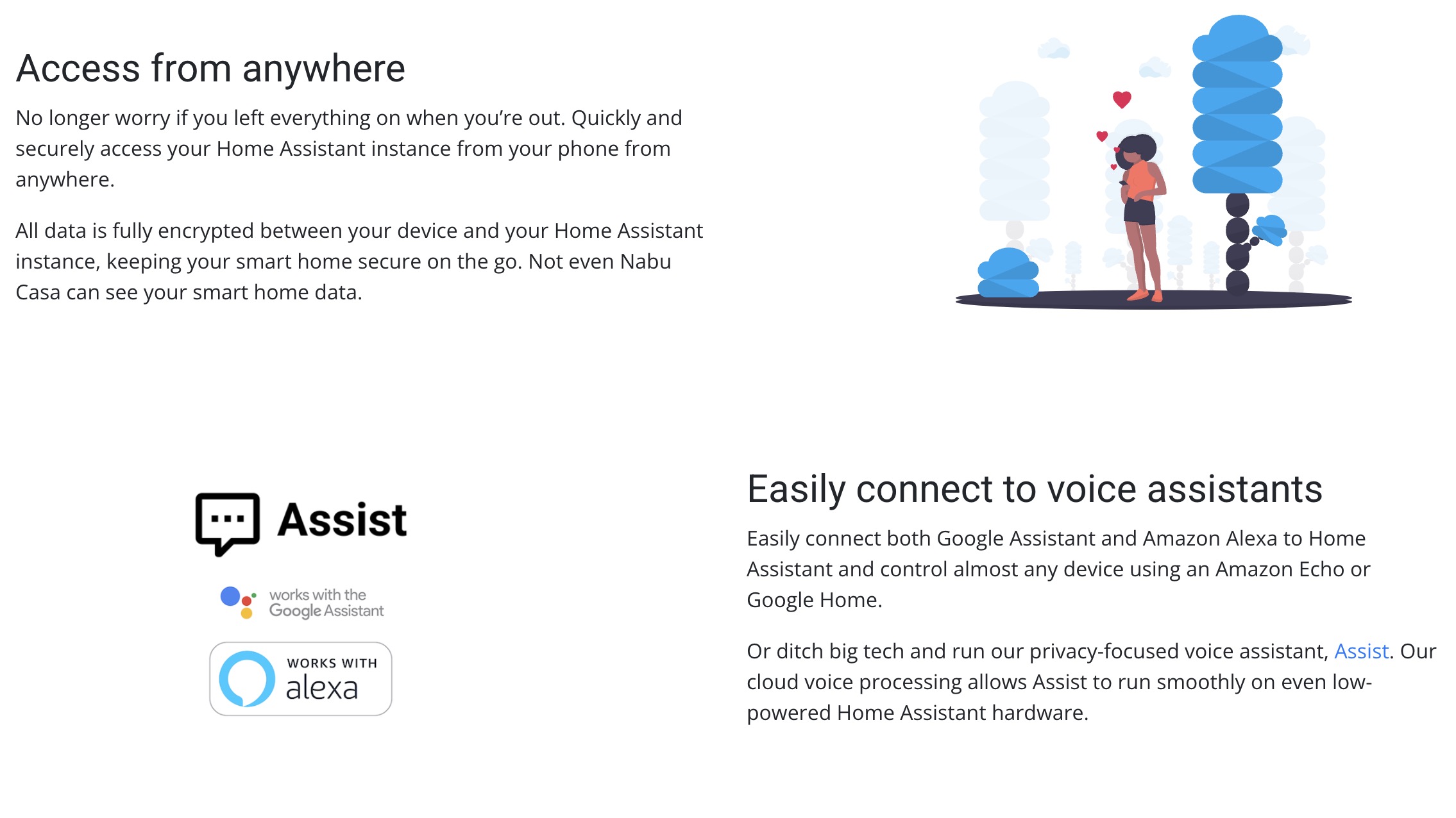
The beauty is that this can be something quick that remedies a few pain points, or it can be a weekend project that doesn’t really ever end. There are some pretty awesome integrations, such as tracking your Amazon deliveries, setting up a presence-based automation, and even turning your computer on.
Even after getting everything connected, you can enhance the experience even further by creating a custom dashboard. Some have even gone so far as to turn an old Kindle into a basic smart screen that shows the weather and upcoming calendar events, mounted on the wall.

So if you prefer a more traditional platform like Google Home or Amazon Alexa, you’ve just supercharged it. But Home Assistant is right there for those who want a truly customizable experience with more built-in functionality than you’ll find anywhere else. It provides exactly what we were hoping to see from Matter, but goes further than we could have even thought.
Filling the gaps
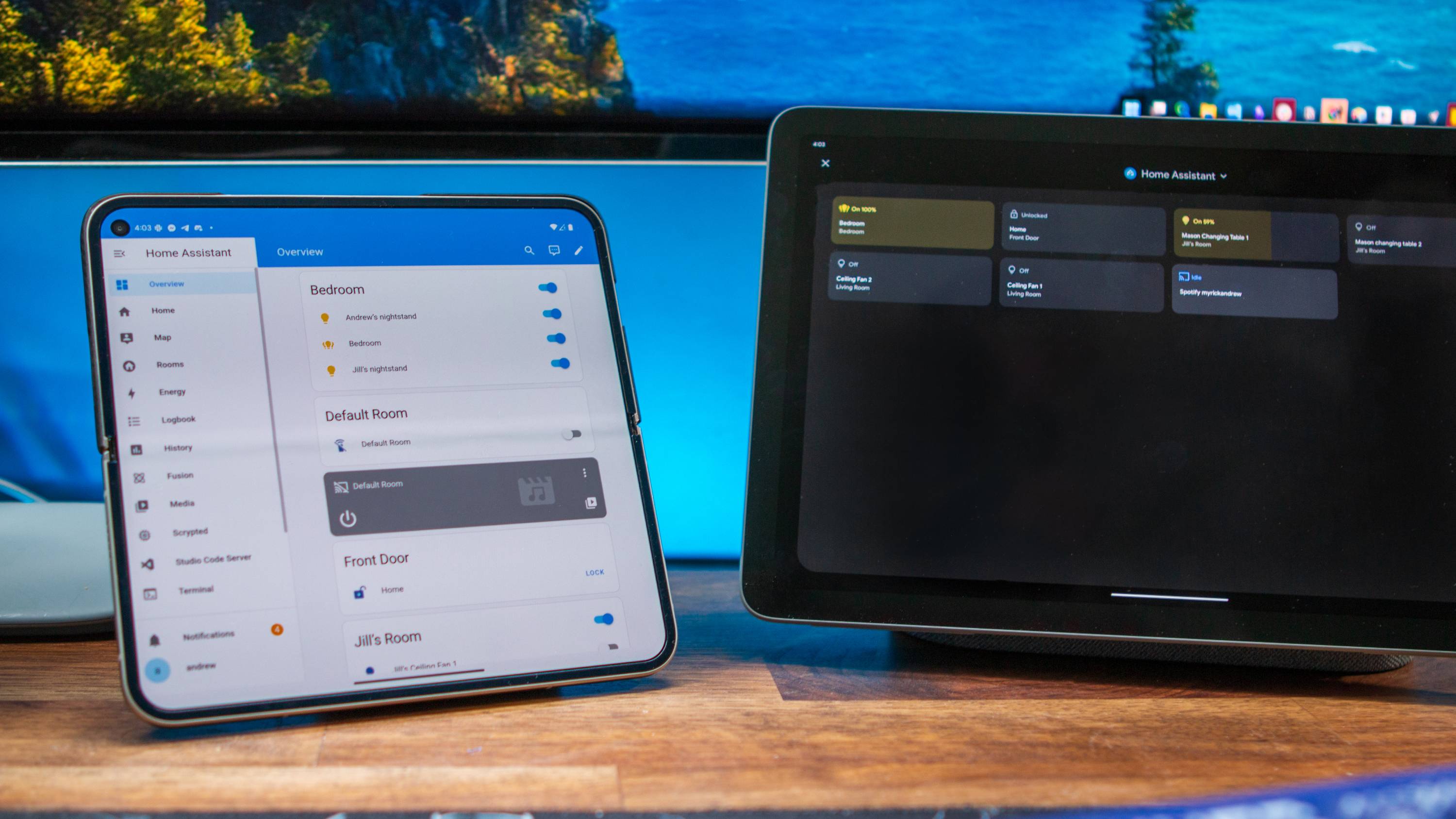
With the recent news about Google dropping support for the first two Nest Thermostats, paired with very few new product releases, you might be looking outside of the Nest ecosystem. Well, thanks to Home Assistant, it doesn’t mean that you’ll be left to figure out how to use a completely different app.
On top of that, the release of Android 14 introduced the ability to customize your lock screen shortcuts, meaning that you can replace the Google Home app on your phone with, oh, I don’t know, maybe the Home Assistant app. Which is exactly what I’ve done on both my docked Pixel Tablet and Pixel 9 Pro Fold, and I couldn’t be happier. There’s even a Home Assistant app for Wear OS, which is really just icing on the cake at this point.
If you’re ready to venture down this rabbit hole, keep things simple, read the documentation, connect the basics, and explore the interface. Once you have a better grasp on what’s possible, then let your inner tinkerer run wild and have some fun with it. Just keep in mind that Rome wasn’t built in a day, and chances are, neither will your new smart home experience.
[ad_2]
Source link









